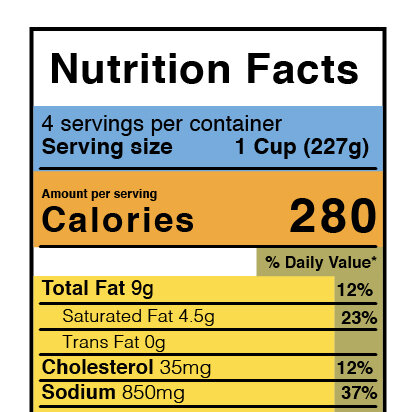Breast/chestfeeding and Formula
Need to Know
Issue No. 6: Food, Nutrition, and Access in Our Communities
Words - Ashley Hannan & Diana McDonnell
llustration - Alexandra Folino
Breast/chestfeeding is natural and has countless health benefits for parents and babies. Despite this, there are many reasons why parents struggle with breast/chestfeeding and end up switching to formula. With the right support, it can be possible for most people to produce sufficient food for their baby. Whichever option you choose, remember that all parents and babies can benefit from bonding during skin-to-skin time!
BREAST/CHESTFEEDING
Benefits of breast/chestfeeding include reduced risk of asthma, obesity, Type 2 diabetes, ear and respiratory infections, and sudden infant death syndrome (SIDS) for the baby, and reduced risk of high blood pressure, Type 2 diabetes, and certain cancers for the parent.
During your pregnancy, your breasts/chest will make colostrum, a thick, sticky liquid. Your baby only needs about 1 teaspoon per feed during their first few days. Within a week, the colostrum will switch to milk to match the changing needs of your baby.
If you are worried your baby isn’t eating enough, keep track of how many dirty diapers they produce daily. 6+ poopy diapers a day is common after the first week.
Breast/chestfeeding is recommended up to two years or beyond, alongside solids such as baby purees, or age-appropriate table food.
A lactating person requires approximately 500 more calories per day than they were eating pre-pregnancy. WIC has packages available to support this additional need specifically for those who are breast/chestfeeding.
Parents should limit their consumption of alcohol, caffeine, and potential allergens or irritants, because they can be passed to the child through their milk.
Pumping and/or donor milk banks may also be options for parents who want the health benefits of human milk but are struggling with breast/chestfeeding.
FORMULA FEEDING
Formula can be a more convenient option for working parents, or situations in which the baby is often fed by other caregivers. However, it requires purchase and is therefore more costly.
Formula can also be used in combination with breast/chestfeeding, and it can be helpful to have on hand for instances when a parent is temporarily unable to breast/chestfeed.
Formula-fed infants tend to gain weight more rapidly than breast/chestfed babies, and this trend can continue throughout their lifetime.
Parents must follow specific steps when preparing and storing powdered infant formula to be sure that the formula remains germ-free. Check regularly for formula recalls.
The American Academy of Pediatrics (AAP) recommends choosing an iron-fortified, cow milk-based formula. Soy and hypoallergenic options are available, but should be reserved for babies with diagnosed allergies or intolerances.
Parents who are concerned about their baby's feeding schedule, weight loss or gain, painful latch, or their milk supply should reach out to a lactation professional. They can be found through hospitals, community-based programs, and WIC peer counselors.
For more breast/chestfeeding tips and support, text “MILK” to 877877 and visit wicbreastfeeding.fns.usda.gov and www.llli.org.
Also see articles from Womanly Magazine Issue No. 4: Black Maternal Health: Economics of Pregnancy, Childbirth, and Infancy, Breastfeeding and You, and 90% Determination, 10% Milk Production.




